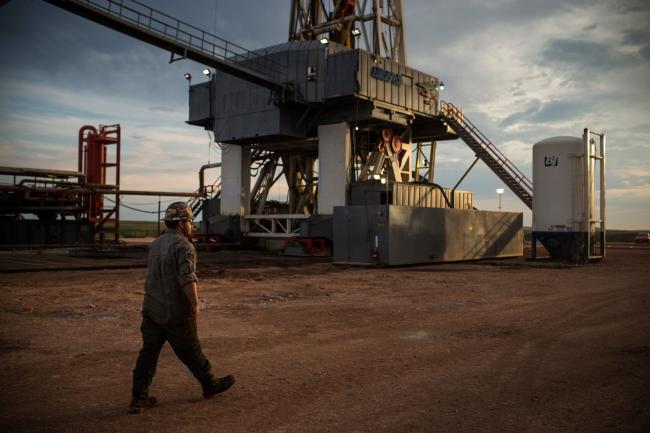(Bloomberg) -- Wall Street oil-watchers have given up their belief in a rally this year.
JPMorgan Chase & Co. on Wednesday became the last of the major banks to slash crude price forecasts, cutting its Brent targets for the second-half by 11% to $82 a barrel.
While demand continues to grow, supplies are keeping up comfortably thanks to a swell of investment, analyst Natasha Kaneva said. The bank is also losing confidence in the OPEC+ alliance led by Saudi Arabia, which announced another supply cut this month to little effect.
JPMorgan had always been skeptical of a return to triple digits, but even more bullish counterparts have changed tone recently.
Morgan Stanley led the way in calling time on a potential bull run, saying early last month that the supply tightness widely expected by the markets in the second half no longer looks likely to materialize.
Earlier this week, Goldman Sachs Group Inc. — perhaps the street’s most enthusiastic crude bull — lowered forecasts as supplies from troubled producers like Russia and Iran prove surprisingly resilient. Last month, Bank of America Corp. also downgraded its outlook as tighter monetary policy erodes fuel consumption.
Beyond Wall Street, some other forecasters continue to anticipate that markets will tighten sharply in the months ahead. The International Energy Agency still projects that world oil inventories will deplete rapidly in the second half, at a rate of 2 million barrels a day, as demand picks up.
Yet the market’s retreat is a victory for veteran Citigroup Inc. analyst Ed Morse, who late last year warned that China’s shaky emergence from the pandemic and plentiful supplies would put a lid on crude — and set a price target for 2023 at $80 a barrel.
“The odds of a 2023 ‘commodities super cycle’ continue to fade,” Citigroup analysts said in a note this week.
©2023 Bloomberg L.P.
